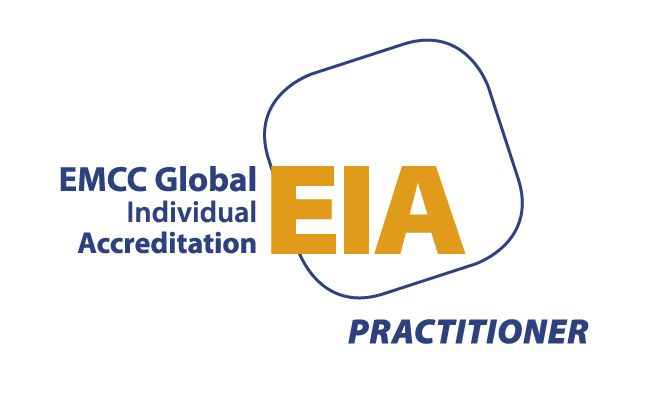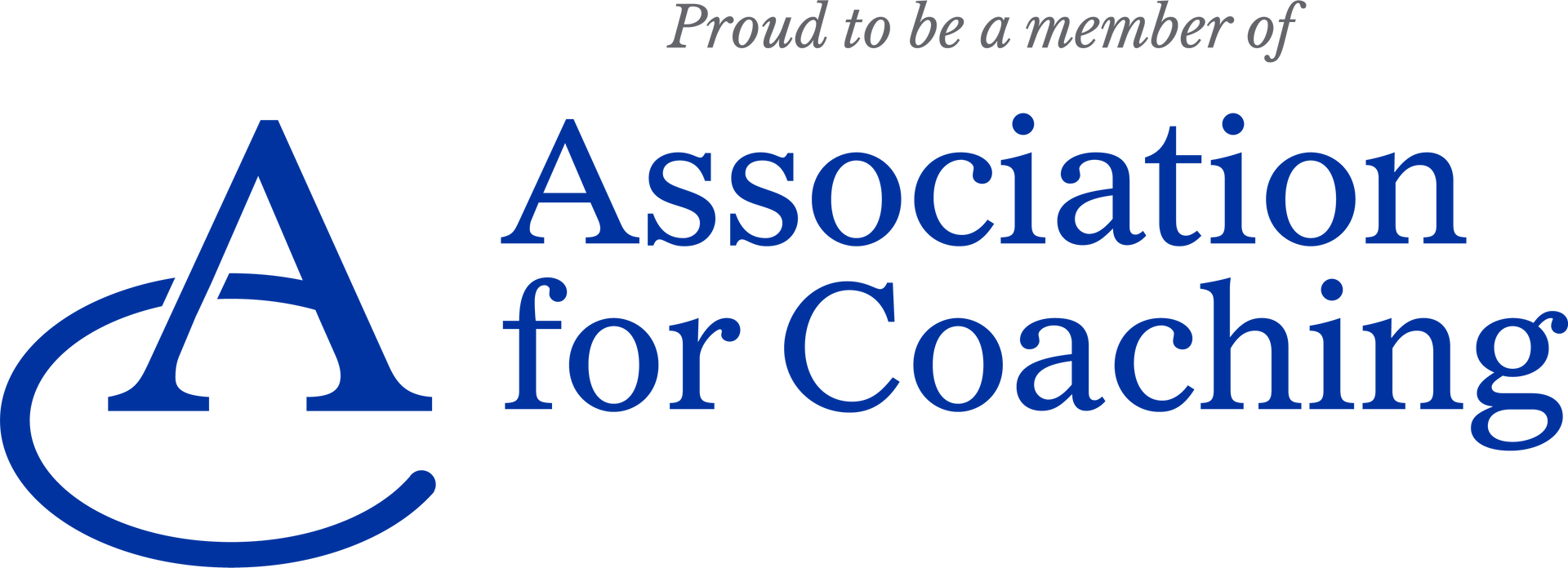
Articles

Subscribe to be the first to hear about our latest news and events
Join the Newsletter
You're in! Thanks for signing up.
Oops, there was an error sending your message.
Please try again later

Copyright 2022 GLEE COACHING CONSULTANCY. Site design by fireflydigital.co.uk










